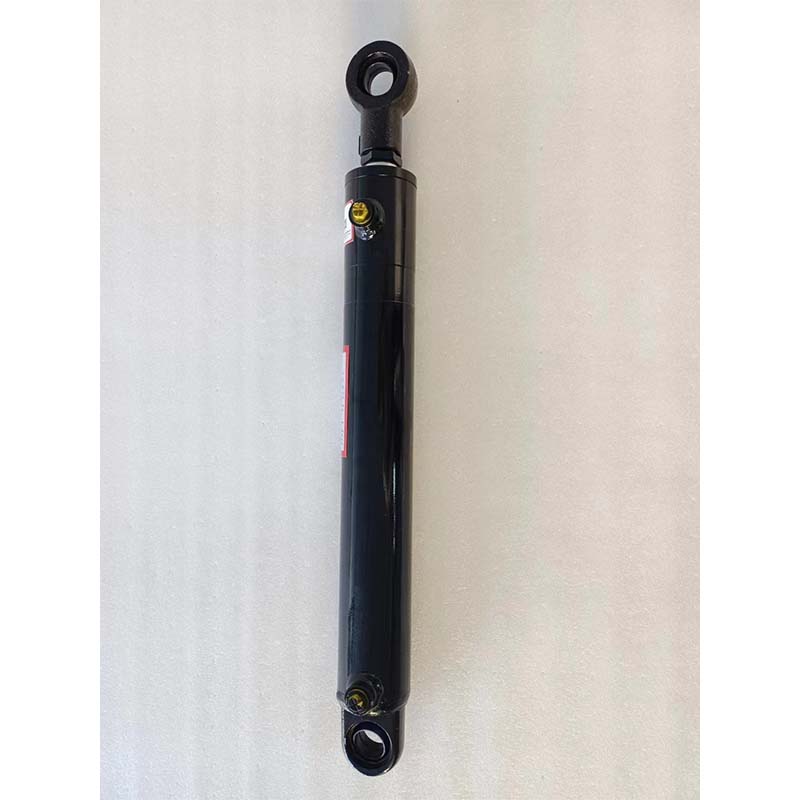Nov . 08, 2024 03:25 Back to list
Hydraulic Cylinder Repair Kits and Rebuild Solutions for Optimal Performance
Rebuilding Hydraulic Cylinders An Essential Guide to Suitable Products
Hydraulic cylinders are pivotal components in various industries, including construction, manufacturing, and automotive. They convert hydraulic energy into mechanical work and play a critical role in operating machinery. Over time, these cylinders can wear out due to operational stress, environmental factors, and inevitable fatigue. Therefore, rebuilding hydraulic cylinders not only extends their lifespan but also ensures optimal performance of the equipment. In this article, we will discuss essential products and best practices you need to keep in mind when engaging in hydraulic cylinder rebuilding.
Understanding Hydraulic Cylinder Rebuilds
Rebuilding a hydraulic cylinder typically involves disassembling the unit, inspecting its components, replacing worn parts, and reassembling it for renewed use. Common signs that a cylinder needs rebuilding include leaks, reduced performance, and physical damage to the external structure. The rebuild process can enhance efficiency, reduce operational downtime, and save costs compared to complete cylinder replacement.
Essential Products for Hydraulic Cylinder Rebuilds
1. Seal Kits One of the most critical components in hydraulic cylinder rebuilding is the seal kit. These kits typically include O-rings, backup rings, and seals specifically tailored to the cylinder model. Quality seal kits help prevent leaks and ensure the effective functioning of the hydraulic system. Ensure to choose kits that meet OEM specifications for durability and functionality.
2. Piston Rods In many cases, the piston rod may be damaged or corroded, warranting replacement. High-strength steel rods that resist wear and corrosion extend the life of the hydraulic cylinder. Look for piston rods made from chrome-plated materials for enhanced durability.
3. Cylinder Tubes The tube housing the hydraulic fluid plays a crucial role in cylinder function. If scoring or significant wear is detected, a new cylinder tube should be sourced. Opting for high-quality materials for the tube ensures resistance to the high pressures typically seen in hydraulic systems.
4. End Caps and Bolts The end caps seal the hydraulic cylinder and prevent fluid from escaping. It's essential to inspect these components for wear and fatigue. When rebuilding, replace worn or damaged caps and enjoy peace of mind through robust locking mechanisms using quality bolts.
hydraulic cylinder rebuild products

5. Hydraulic Fluids The type and quality of hydraulic fluid used directly impact the performance of a hydraulic system. On rebuilding, consider using premium hydraulic fluids that have additives to reduce wear, improve lubricity, and protect against corrosion.
Best Practices for Hydraulic Cylinder Rebuilds
- Thorough Inspection Always carry out a comprehensive inspection of all components before rebuilding. Look for signs of wear, scoring on the cylinder walls, and any other defects that may affect performance.
- Proper Cleaning Contaminants can severely affect the hydraulic system. Ensure all components are cleaned thoroughly using suitable degreasers and rinsed properly before reassembly.
- Follow Manufacturer Guidelines When selecting products for the rebuild, always adhere to the manufacturer’s specifications. This ensures that the products will fit correctly and perform optimally.
- Use Quality Tools Invest in quality tools for disassembly and reassembly of the hydraulic cylinder. Tools play a crucial role in preventing damage during the rebuild process.
- Test Before Returning to Service After reassembly, run tests to confirm that the hydraulic cylinder operates efficiently without leaks or performance issues.
Conclusion
Rebuilding hydraulic cylinders is an essential process that ensures machinery remains functional and efficient. By selecting the right products such as seal kits, piston rods, and hydraulic fluids, and following best practices, operators can significantly improve the reliability and performance of their hydraulic systems. Investing in quality rebuilding products not only extends the life of hydraulic cylinders but also enhances overall productivity—making it a smart choice for industries reliant on hydraulic technology.
-
Fork Lift Power Units - Hebei Shenghan | Efficiency, Reliability
NewsJul.13,2025
-
1.5-Ton Turbocharged Cylinder-Hebei Shenghan|Hydraulic Solution,Energy Efficiency
NewsJul.13,2025
-
Auto Hoist Power Units-Hebei Shenghan|Efficiency&Industrial Lifting
NewsJul.13,2025
-
Double Acting Power Units-Hebei Shenghan|Hydraulic Solutions,Industrial Efficiency
NewsJul.13,2025
-
1.5 Ton Lifting Cylinder 70/82-40-290-535 - High-Performance Hydraulic Solution | Hebei Shenghan
NewsJul.13,2025
-
Fork Lift Power Units - Hebei Shenghan | Efficiency&Reliability
NewsJul.13,2025
